|
Anderson Ranch was my first experience traveling out west and as I predicted it was an incredible place to be and the perfect workshop for where I was in my work and in my technical abilities. These three artists worked very differently and had a great energy…and as an artist that wanted to explore the many different means of surface and form it gave me the freedom to experiment with so many approaches to my work! John’s work focused on form and color application. We also learned his technique of building with soft slabs and decorating with tape on bisque ware. The majority of my surface work was initially done on leather hard so this was a new approach for me. Stuart worked very detailed and meticulous with his imagery on his forms…all of which was applied at bone dry. I am a figurative painter who typically works more gestural, so I enjoyed the challenge of working more detailed and slow during the workshop. Andrea’s work combines the techniques of constructing form with stronger/dryer slabs and then working with patterns and handmade stickers on bisque ware. Though I didn’t get to attempt her approach to the patterns and stickers, I was inspired to attempt some work with tracing patterns on my forms. I still had the idea of fresco and ceramics on my mind and made a piece inspired by that and the surface it would create. I also learned from a fellow workshop student about the fresco ceramics of Teotihuacan!!! I had been there so many times while living in mexico and it was exciting for the realization that this was a technique with historical background for me to research. Each of these artists were so kind as to give me some of their time to discuss my work, my ideas, and where I am with my making in grad school. A talk with John about the things that I think about or am attracted to in work brought on the conversation and encouragement for me to slow down, stop thinking and analyzing, and begin feeling. “Less looking, more feeling.” It was an obvious answer…my attraction to surface and form and variation in the two only naturally should mean I need to focus on my sense of touch more than what I was seeing in the work. This conversation and advice changed the way I was working drastically! I slowed down, focused on touch, payed attention to detail, and allowed the clay to move more naturally instead of forcing the form. The result was work that, in a sense, I saw much more of myself in. There was also more of a suggestion to the body and sensitivity, and all the while I made connections to the poetry I read and the words that inspire me. I saw breath and process in the work that I hadn’t been able to recreate before. After making these pieces, especially the sculptural form I thought of a poem that I felt reflected the work.
“Once, I had tried to fill myself. I plastered caulk over my emptiness. I filled my body with cement. Rubber glue, love letters, Broken things. I tried to fill the emptiness with those which that only had holes in them… Does absence have flesh? I asked my body. Only the one you created, it said in return.” ~ Shinji Moon, The Anatomy of Being I was also informed by another student in the workshop about the term “Ekphrasis” which is in the simplest of words, poetry inspired by art. “According to the Poetry Foundation, ‘an ekphrastic poem is a vivid description of a scene or, more commonly, a work of art.’ More generally, an ekphrastic poem is a poem inspired or stimulated by a work of art.” I left Anderson Ranch with two ideas regarding my work…or more like 2 decisions of what mattered to me. I am still wanting to research and make ceramics work with Fresco, allowing me to focus on variation in surface and contrast of glaze and fresco and their relationship with form. I also, and most importantly, want to make work that represents myself and my own sensitivities. I’d like to continue to slow down and explore this balance between intention and spontaneity, as well as work from poems/words or allow the poems/words to come later as a description of the work itself. Comments are closed.
|
|
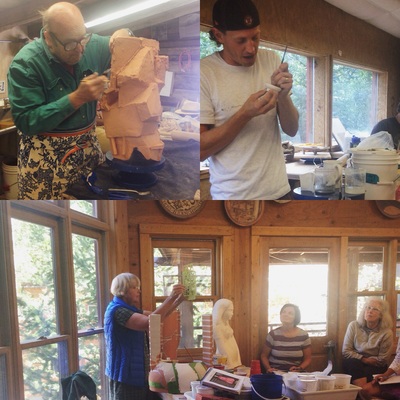
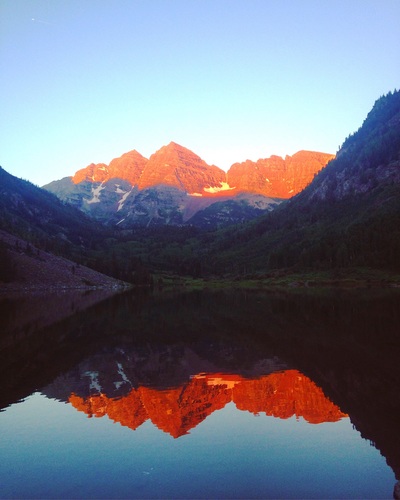

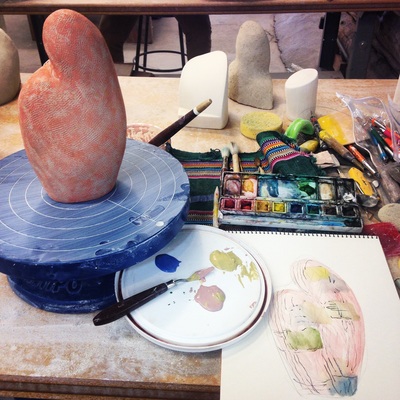




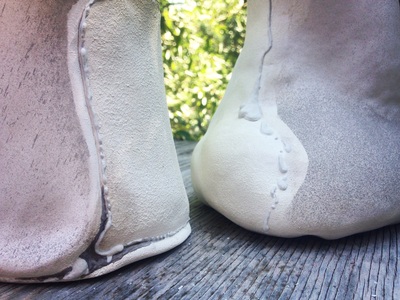


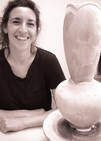
 RSS Feed
RSS Feed